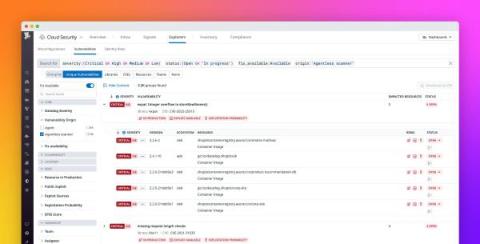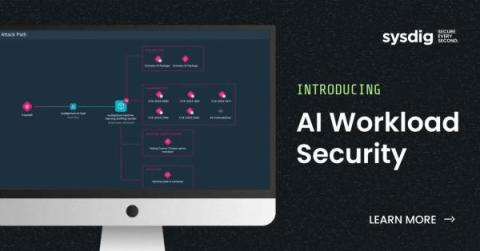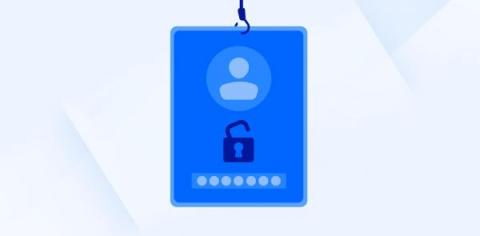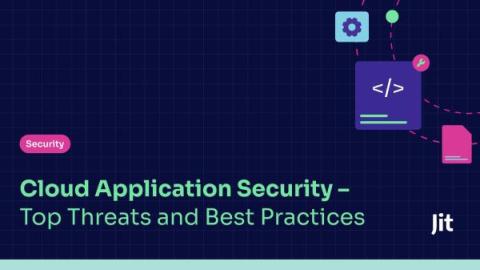Unleash Your Startup's Potential with Microsoft Azure Cloud Computing
In the modern world with an intense digital culture, businesses of the newly created startup type face tremendous pressure to innovate fast and provide customers with innovative goods and services. Infrastructure construction and management is a time-consuming and expensive task. Microsoft Azure answers the trial by fire, providing a versatile cloud approximation platform targeted at startups’ peculiarities.










